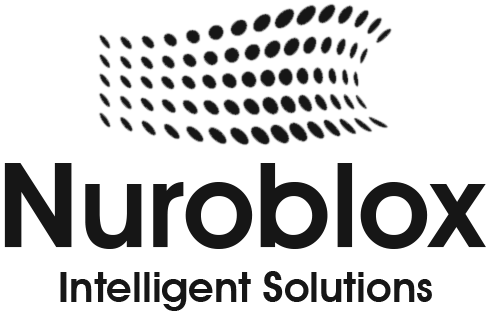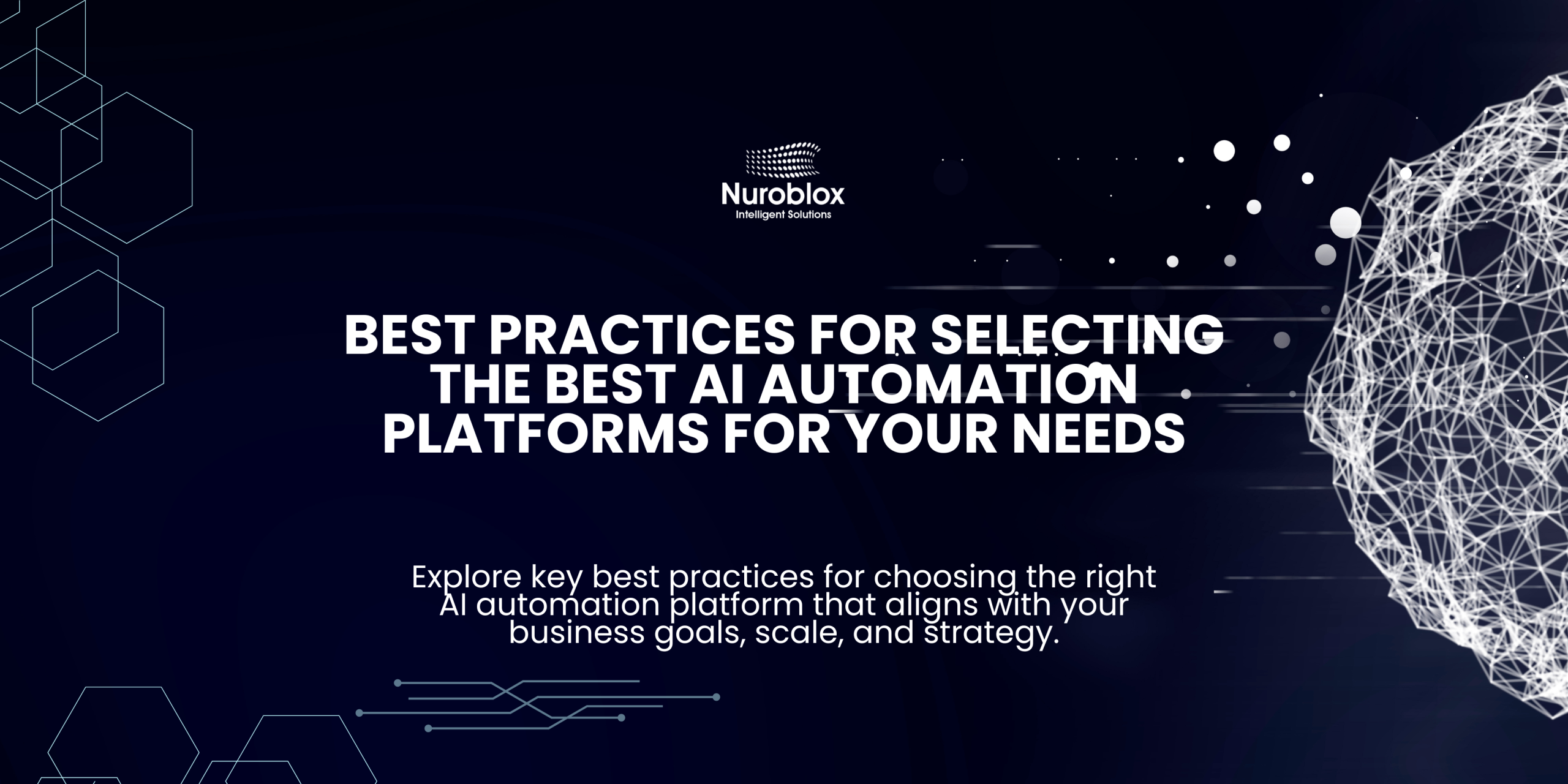Best Practices for Selecting the Best AI Automation Platforms for Your Needs
AI automation platforms are no longer optional for enterprises; they’re the backbone of digital operating models. Yet most organizations still struggle to translate pilots into enterprise-scale value because platform choices are made on features, not fit. This guide lays out a pragmatic, evidence-based framework to select the best AI automation platforms for your needs so you can accelerate outcomes, reduce risk, and future‑proof your stack.
- Generative AI is projected to add $2.6T–$4.4T annually to the global economy, underscoring the scale of value available when AI is operationalized in workflows.
- Hyperautomation is expected to materially affect a significant share of enterprise processes by 2025, making cohesive AI+automation strategy a competitive necessity.
- AI, ML, and automation remain top technology capability gaps for enterprises, intensifying the need for platforms that reduce complexity while enforcing governance and control.
What an AI automation platform actually is (and isn’t)
An AI automation platform unifies multiple capabilities into one governed, scalable system –
- Orchestration – End‑to‑end workflow design, branching logic, parallelization, and checkpointing.
- Automation engines – RPA for deterministic tasks; AI agents for dynamic, context‑aware decisions.
- AI services – Model integration (LLMs, vision, NLP), prompt management, retrieval, evaluation, and guardrails.
- Data and integration – Connectors for ERP/CRM/ITSM/HRIS/data lakes; eventing, APIs, and webhooks.
- Governance – Policy, access control, observability, auditing, compliance.
- Human-in-the-loop – Approvals, exceptions, quality control, SLAs.
Best-practice selection framework for AI automation platforms
Use this criteria-driven checklist to evaluate options consistently. Each section includes what to verify and why it matters in production.
- Align to business strategy and measurable outcomes
- What to validate –
- Top-5 use cases aligned to revenue, cost, risk, and customer experience targets.
- Time-to-value for each use case (e.g., 90-day wins vs 12-month transformations).
- Executive ownership and cross-functional governance.
- Why it matters –
- Platform features don’t create value; applied capability to priority workflows does. Start with outcomes, not demos.
- What to validate –
- Integration and ecosystem fit
- What to validate –
- Native connectors to core systems (SAP, Oracle, Salesforce, Microsoft 365, ServiceNow), plus secure API/SDK support.
- Event-driven automation (webhooks, message queues) and data fabric compatibility.
- Legacy apps support (mainframe, Citrix, terminal emulation) and modern SaaS parity.
- Why it matters –
- Integration latency, fragility, and data silos are the #1 reason pilots stall. Choose
platforms that meet your reality, not an idealized future.
- Integration latency, fragility, and data silos are the #1 reason pilots stall. Choose
- What to validate –
- Security, compliance, and data governance
- What to validate –
- RBAC/ABAC, SSO/SAML/OIDC, secrets management, KMS integration, network isolation/VPC peering, private LLM options.
- Data residency and sovereignty, audit trails, lineage, and immutable logs.
- Certifications and controls (SOC 2, ISO 27001, PCI DSS, HIPAA, GDPR readiness).
- Why it matters –
- Security and regulatory risk remain the primary inhibitors of AI ROI at scale.
- What to validate –
- AI and agentic capabilities (beyond rule-based automation)
- What to validate –
- First-class support for LLMs, custom models, vector retrieval, tool-use/function-calling, and multi-agent coordination.
- Guardrails – content filters, policy enforcement, prompt/content redaction, and safe tool execution.
- Evaluation – test harnesses for prompts/agents, offline/online evals, regression tests, hallucination checks.
- Why it matters –
- The next wave of ROI comes from agentic automation systems that plan, act, and adapt with governance, not just execute scripts.
- What to validate –
- Scalability and performance
- What to validate –
- Horizontal scaling, multi-region HA/DR, queue-based orchestration, and workload isolation.
- Performance baselines for high‑volume workflows (e.g., document processing at 10,000+/hour).
- Concurrency management, rate limiting, and auto-scaling policies.
- Why it matters –
- Scaling from a single team to enterprise-wide usage without re-architecture is where most TCO is won or lost.
- What to validate –
- Observability, reliability, and control planes
- What to validate –
- Centralized monitoring (latency, throughput, error budgets), tracing, and replay.
- Policy-as-code and versioning for workflows, prompts, models, and agents.
- Sandbox/staging/prod environments and safe rollbacks.
- Why it matters –
- You can’t govern what you can’t observe. Production automation needs the same rigor as mission-critical software.
- What to validate –
- Human-in-the-loop and exception management
- What to validate –
- Delegation, approvals, dynamic assignment, SLAs, and escalations.
- Feedback loops to retrain models and improve flows over time.
- Why it matters –
- The highest-value automations deliberately keep humans in control for risk, quality, and compliance.
- What to validate –
- TCO, licensing, and vendor viability
- What to validate –
- Transparent pricing across users, runs, API calls, model usage, and connectors.
- 3–5 year roadmap, financial health, and pace of innovation.
- Migration/exit options to avoid vendor lock-in.
- Why it matters –
- Budget predictability plus strategic alignment reduces long-run risk.
- What to validate –
- Usability and operating model fit
- What to validate –
- No-code/low-code builders for business users; APIs/SDKs/CLIs for developers.
- Templates, prebuilt components, and packaged accelerators.
- Learning curve, documentation quality, and community support.
- Why it matters –
- Democratization is real – more than half of medium-to-large enterprises are adopting low-code/no-code approaches to accelerate delivery.
- What to validate –
- Responsible AI and risk management
- What to validate –
- Bias and fairness tooling, content policy enforcement, PII redaction, consent tracking.
- Model cards, data sheets, and explainability where required.
- Incident management and red-teaming for AI behaviors.
- Why it matters –
- Responsible AI is a board-level concern; regulators and customers will demand proof, not promises.
- What to validate –
How Nuroblox maps to enterprise-grade selection criteria
If you’re evaluating platforms through this lens, here’s how Nuroblox is designed to align with enterprise needs –
- Unified AI + automation orchestration – Combines RPA-style task execution with agentic AI for dynamic decision-making and end-to-end workflows reducing tool sprawl while increasing coverage across structured and unstructured processes.
- Secure-by-design and compliance-ready – Enterprise identity integration (SSO), granular RBAC, audit trails, and privacy-first controls designed for regulated industries and sensitive data environments.
- Integration-first – Prebuilt connectors plus robust API/webhook support to integrate ERP, CRM, ITSM, data warehouses, and SaaS ecosystems accelerating time-to-value and minimizing brittle custom glue.
- Governed AI and agentic workflows – Policy-enforced prompt management, tool-use restrictions, and evaluation capabilities to keep intelligent agents predictable in production.
- Scale and operability – Multi-tenant isolation, horizontal scaling, environment segregation (dev/stage/prod), and centralized observability for enterprise rollout and resilience.
- Human-in-the-loop – Built-in approvals, exception handling, SLA tracking, and feedback capture that continuously improves automation quality while maintaining control.
Proof-of-concept blueprint (to de-risk decisions)
- Data and access – Securely provision minimum viable access to target systems; define redaction rules.
- Success metrics – Pre-commit to 3–5 measurable outcomes per use case (e.g., 40% cycle-time reduction, 95%+ accuracy, <1% rework).
- Golden datasets – Curate representative inputs (edge cases included); define acceptance thresholds for both deterministic and AI-driven steps.
- Guardrails – Configure content and action policies; test policy-breach scenarios.
- Observability – Instrument metrics from day one; ensure traceability for every decision and action.
- Handover – Document runbooks, rollback steps, and ops responsibilities; validate with SecOps and Compliance.
Conclusion – Make AI automation a compounding advantage
Enterprises that win with AI automation don’t “buy a tool.” They design for outcomes, govern for safety, and build an operating model that scales. Use the framework above to run an honest assessment, de-risk your selection with a PoC that simulates production, and prioritize platforms that make integration, governance, and agentic capabilities first-class citizens. What would change in your operating model if your automations were not only reliable, but also intelligently adaptive and fully governed?


